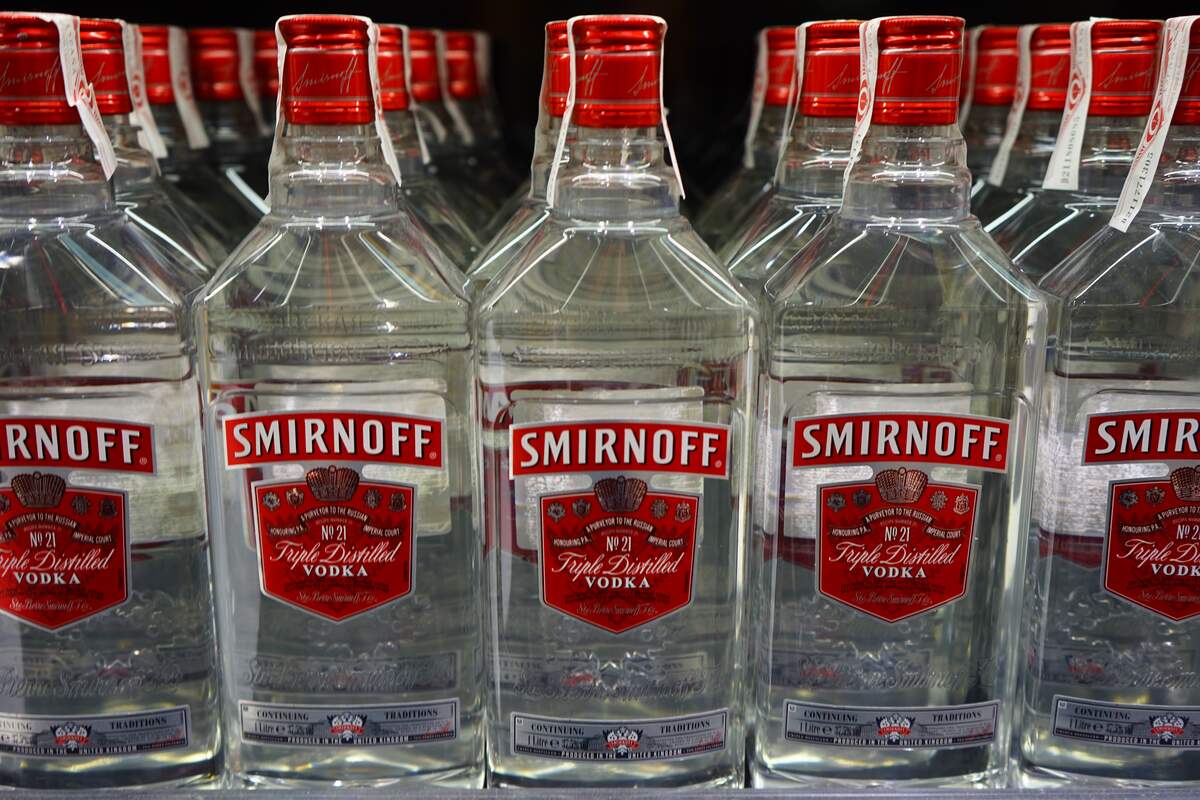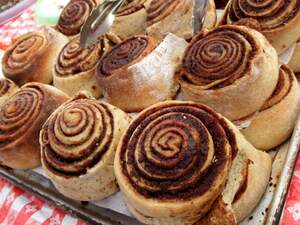

National Vodka Day
Observed
annually on October 4th
Dates
Founded by
Nir Knaan
Tags
Drugs & Alcohol
Food & Drink
Hashtags
Sources
https://en.wikipedia.org/wiki/National_Vodka_Day
https://www.britannica.com/topic/vodka
https://www.greygoose.com/stories/community-and-events/celebrate-national-vodka-day.html
https://www.nationalvodkaday.com/
https://www.anrdoezrs.net/links/100298379/type/dlg/https://www.newspapers.com/image/legacy/505703153/
https://www.newsweek.com/national-vodka-day-fun-facts-and-recipes-help-you-celebrate-1152415
https://www.verdict.co.uk/national-vodka-day-guide/
Observed at least since 2007, National Vodka Day celebrates the most popular distilled spirit in the United States, vodka, which makes up twenty to twenty-five percent of spirit sales, has held the top spot since it surpassed whiskey in 1976. A clear spirit, it is made with fermented grains, vegetables, or fruits: traditionally with potatoes, but today often with wheat, corn, rice, rye, beets, or grapes.
The word "vodka" comes from voda, the Russian word for water. The spirit is most associated with Russia, where it likely originated, and where it is drunk more than anywhere else in the world. It is also associated with Eastern Europe, particularly with Poland, Belarus, and Ukraine, and with the Scandinavian countries in Northern Europe.
There is some debate about when vodka was first distilled. It may have arrived in the eighth or ninth century in Poland or Russia, or perhaps not until around the twelfth century. It was first used for medical purposes—as a cold remedy or to treat other diseases. By the mid-fourteenth century, it was drunk for its intoxicating effect. Around the same time, it was used for religious ceremonies and events in Russia.
The first written record of vodka dates to 1405 and comes from the Poland Sandomierz Court Registry. Russian vodka as we know it today may have been created in 1430 by Isadore, a monk who was at the Chudov Monastery in Moscow. By the seventeenth century, vodka was drunk at Russian Imperial banquets, where it started the meals along with bread. It was not drunk much outside of Russia until the Bolshevik Revolution in 1917, after some Russians fled the country, bringing it with them. Until World War II, it was imbibed almost exclusively in Europe.
Vodka is often considered to be odorless and flavorless, but this isn't always entirely the case, although it does have a more neutral flavor than other spirits, such as gin. There are also a number of infused vodkas or vodkas that have the flavors of fruits, root beer, chili peppers, bacon, cotton candy, lemon peels, peppercorns, and more. Vodka is around 40 percent alcohol by volume and may range from 35 to 60 percent. In Russia and Poland, it is usually about 40 or 45 percent and drank chilled and unmixed in small glasses, enjoyed along with appetizers.
Vodka is popular for making mixed drinks in many other parts of the world. The most common vodka drinks are the screwdriver, vodka martini, vodka gimlet, Bloody Mary, White Russian, Black Russian, Cosmopolitan, Moscow mule, lemon drop, Harvey Wallbanger, sea breeze, Russian spring punch, sex on the beach, vesper, and vodka tonic. On National Vodka Day, vodka is enjoyed in these and other ways!
How to Observe National Vodka Day
A few ways to take part include:
- Visit a bar or restaurant that is celebrating the holiday.
- Mix up a vodka drink or cocktail:
- Pick up a book such as Vodka Distilled: The Modern Mixologist on Vodka and Vodka Cocktails, Vodka: A Global History, or Vodka: How a Colorless, Odorless, Flavorless Spirit Conquered America.





















